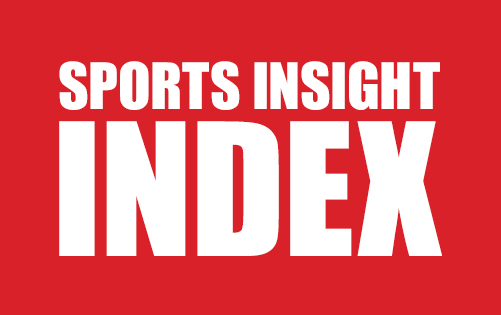
The U.S. government shutdown is entering its second month and the ongoing U.S.-China trade war will shortly begin its seventh month. With both issues likely to bring crippling consequences the longer they drag on, which is likely to reach a resolution first? Call it a toss-up.
While Pres. Trump’s latest bid to secure $5.7 billion in funding for a border wall along the U.S. southern border has thus far failed to ignite a compromise with Democrats, China recently offered to buy more than $1 trillion in additional U.S. imports over the next six years to shrink its $323 billion trade surplus to zero by 2024.
Analysts believe China’s overture is too zealous and likely borne out of the government’s concern over slowing economic growth in the Asian country where a braking global economy has lowered demand for Chinese-made products. China’s year-over-year exports fell 4.4 percent in December to $221.2 billion and were also down 4 percent to the U.S. at $40.2 billion.
But the country’s proposal sparked confidence on Wall Street late last week that a trade compromise between the two nations may be on the horizon. That’s important given an escalation of Trump tariffs on $200 billion in Chinese imports is scheduled to rise to 25 percent from 10 percent on March 2. Key Chinese officials, including Vice Premier Liu He and Finance Vice Minister Liao Min, will travel to Washington. D.C. next week.
The U.S. is reportedly contemplating a dial back on Chinese import tariffs in an effort to spark further trade concessions from China, calm global markets and gain support for longer-term reforms by China—including its approach to intellectual property.
No trade talks will occur at the World Economic Forum in Davos this week as the U.S. delegation and the president canceled their trips there due to the government shutdown.
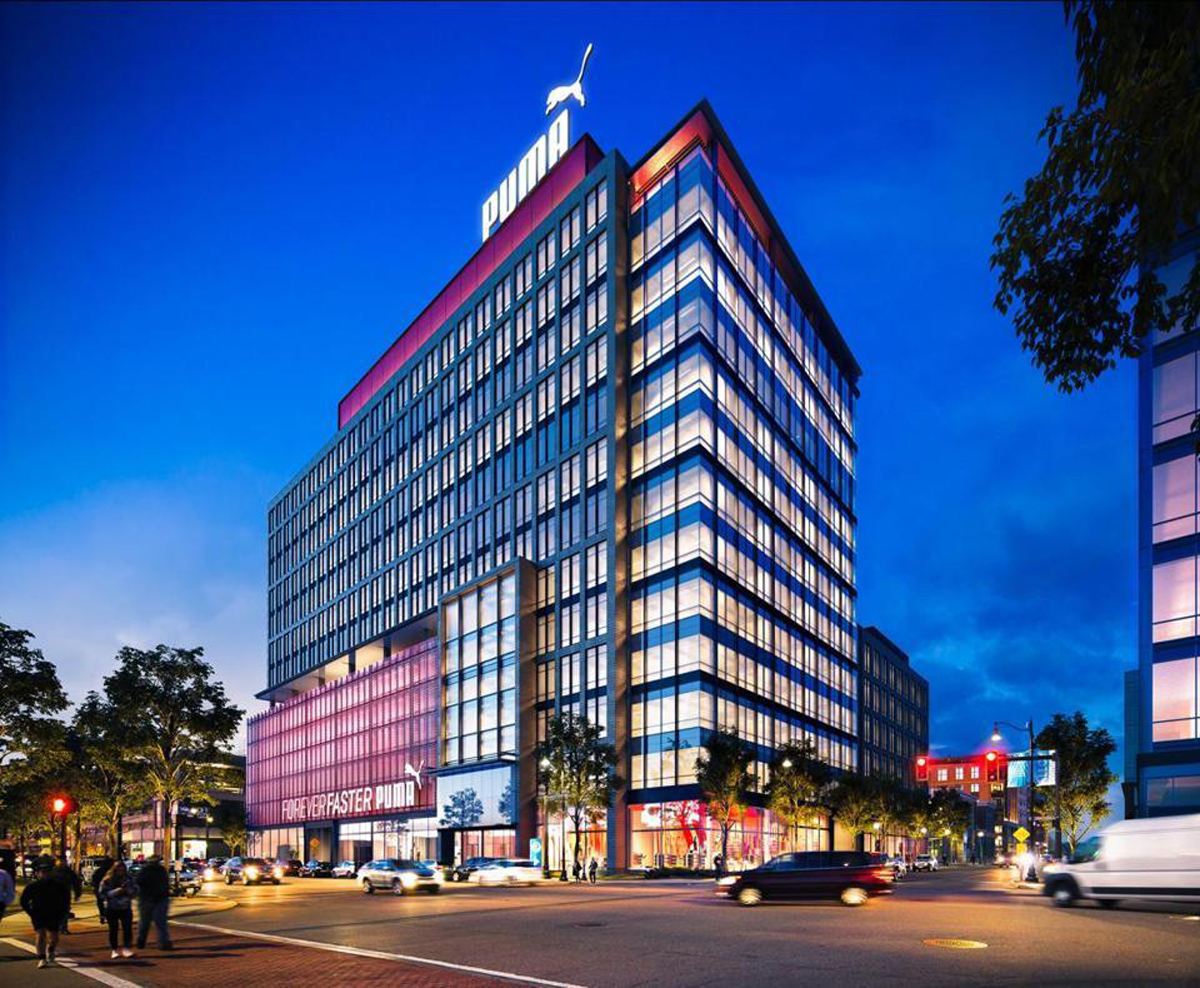
More than 160 years ago, satirist Oliver Wendell Holmes was the first to call Boston, “The Hub,” a subtle crack about the city’s residents being “so full of themselves.” In recent years, the nickname has evolved to the “Sports Hub” for Boston’s ability to capture 10 world championships in major sports since the turn of the century. Given the latest business development, the Hub handle may be ready to evolve again.
Puma North America plans to set up shop in Beantown in 2021, actually in neighboring Somerville, joining Converse, Asics, Reebok, Saucony (in nearby Waltham, MA) and hometown New Balance—all of which have corporate offices in the Hub. The Cat, which is relocating from Westford, MA, wants to bolster collaboration among its 550 regional employees so it will merge its downtown Boston design and marketing center with sales, operations and corporate staff and hire about 100 more to work at the new HQ. The 150,000-sq. ft. of space on Assembly Row will certainly give Puma added visibility in the city where visitors entering from the North are greeted with a large Converse sign and those entering from turnpike can’t miss New Balance’s complex complete with practice facilities for the NBA’s Celtics and NHL’s Bruins. Recently, NB announced plans to open a new advanced manufacturing facility with a R&D lab and 3D printing operations in nearby Methuen, MA that should open sometime in 2020.
Like Adidas-owned Reebok, which began its relocation from a sprawling suburban campus to the Innovation and Design Building in the nascent Seaport District in 2017, Puma N.A. believes its new home will give it greater access to the large pool of young talent in and near Boston where there are 35 colleges and universities educating more than 150,000 annually.
On the other coast of the U.S. last week, a footwear company founded by a one-time Boston cosmetologist, Skechers, broke ground on a construction project that will double its office, design and showroom space to over 330,000-sq. ft. in time for the brand’s 30th anniversary year in 2022. The centerpiece of the expansion, which includes enlarging an existing corporate office in Manhattan Beach, CA and several new buildings in the same city and adjacent Hermosa Beach, will be a 100,000-sq. ft. design center.

With so many potential roadblocks on the horizon, from economic uncertainties ranging from trade issues to rising interest rates, retailers in 2019 need to make “a series of investments, knowing that the industry is in a precarious place.”
That is the position in Deloitte’s 2019 Retail Outlook: Transition Ahead, a recent 20-page report from the multinational professional services network.
Deloitte believes likely economic headwinds may challenge retailers’ ability to thrive in the new digital world and suggests the next 12 to 18 months will see an industry in transition that forces retailers to prioritize investments that need to be executed.
“Return on Assets (ROA) is declining because profitability is being compressed across the entire value chain, as many retailers try to figure out how to win battles on multiple fronts,” the report states.
Economists at Deloitte are forecasting 1.9- to 2.6-percent growth in 2019, down from approximately 3 percent in 2018, and suggest personal consumption spending may slow, in part due to uncertain U.S. trade policy. And retail sales will slow this year as the economy slows, it writes, suggesting Q4/19 will generate a 3.4- to 4.1-percent increase versus 5.5 percent in Q4/18.
Among Deloitte’s key investment tips for retailers:
• Invest in consumer-facing convenience that moves the needle, and look for opportunities to make up margin elsewhere
• Embrace partnerships and joint business planning to eliminate duplication and unlock profits that sit in the markup between companies and the consumer.
• Provide exclusivity to stand out. For aspirational shoppers, exclusivity is the new currency. Limited offerings such as VIP fashion-show access, desirable branded products as rewards, and the ability to “unlock” physical and digital experiences can help carve out a niche.
• Tailor loyalty rewards individually, perhaps through greater use of Artificial Intelligence.
• Supply chain improvements can be a significant growth driver. With median ROA at a 20-year low, retailers should place additional weight here. Investing for growth is a must.
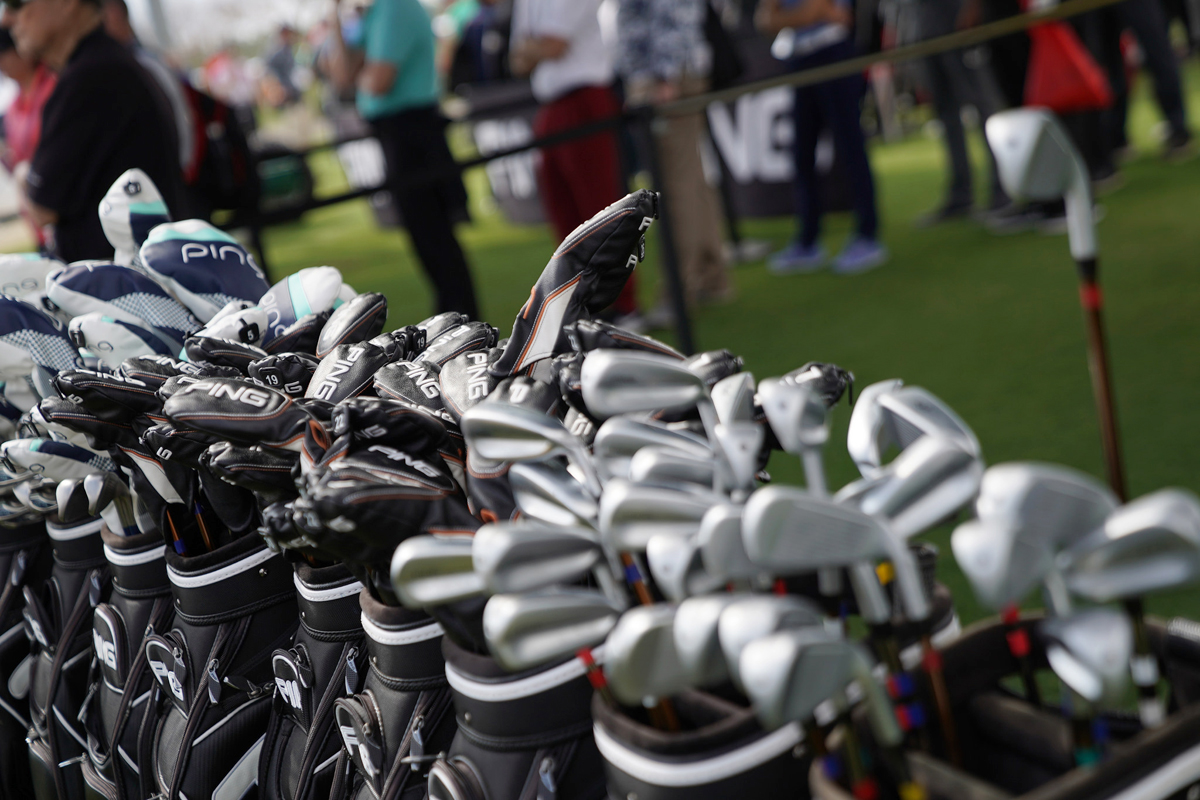
Despite a nearly 5 percent decline in national rounds played last year, golf is on the upswing for a consolidated field of key vendors and the off-course retail segment. Golf sales in the mass/sporting goods segment rose 8 percent to $2.6 billion for the 12 months ended Nov. 30, 2018 as Callaway, Titleist, Wilson, Taylormade and Ping emerged as the five fastest-growing brands, according to The NPD Group.
All golf product category sales were higher over the 12 months as average selling prices rose 8 percent, a trend that suggest consumers are spending more on the sport. Accessories (+21%) and training aids (+13%) were the biggest gainers, followed by clubs and gloves (each up 7%) and balls (+6%).
“The macro environment for golf has been in a turbulent state, fueled by Golfsmith’s bankruptcy, major brands cutting back on their golf business, and courses closing,” said Matt Powell, VP and senior industry advisor for the Port Washington, NY research firm. “But today, we’re starting to see normalization in the market as those deep holes are now being filled. Major sports retailers are now investing in golf to pick up some of the business, and brands are also placing emphasis on the category to spur innovation.”
This week, the 66th PGA Merchandise Show takes place in Orlando, FL.
Research firm Golf Datatech reports that while 2018 was a challenging year for U.S. golf apparel with dollar sales down more than 6 percent, the majority of the dip was attributable to the on course/green grass channel. Sales in the Off Course/Specialty channel, which includes online sales and represents 78 percent of all golf apparel sales, rose 6 percent last year and were helped by a wider range of price points and strong sales of bottoms. On Course apparel sales, meanwhile, declined 9 percent in 2018 but did benefit from their offering of custom, logo-adorned shirts specific to the course or club.
Golf Datatech’s apparel reports, which include national and regional retail editions, are released monthly to subscribers.

How difficult is it to win on match odds football markets? These are known to have the highest liquidity. But because of high volumes matched, people tend to think that gaining an edge here is more challenging. Prices movements are small because of big trade volumes involved; so, the trade strategies which work in volatile markets may not be useful here. To profit in such a market, you must understand what numbers tell you, how to get value from these, and use these to win. It's generally a good idea to pick a betting choice that is governed by financial services legislation, which varies by country. For instance, the current UK legislation on betting allows remote gambling (online, by phone, etc.) and also allows the overseas operators to offer those services to British citizens as long as they follow the regulations and pay tax. Websites such as megadice feature a sportsbook section, allowing users to place bets on a variety of sports, including American football, soccer, basketball, tennis, and many others.
Understand prices: When you toss a coin, there can only be two outcomes. Each outcome has an equal probability of happening. So, the odds of winning here will remain constant (50-50 or 2.0 in betting terms) no matter how many times you toss the coin. But, when you do sports betting, this does not work. It is hard to determine prices as they are fixed odds. Odds shows in Match Odds markets only indicate probabilities of outcomes. So, if you back a team at 2.0 it has a 50% chance of losing/winning that game. You therefore must research and analyze to see if the prices stand for value or not.
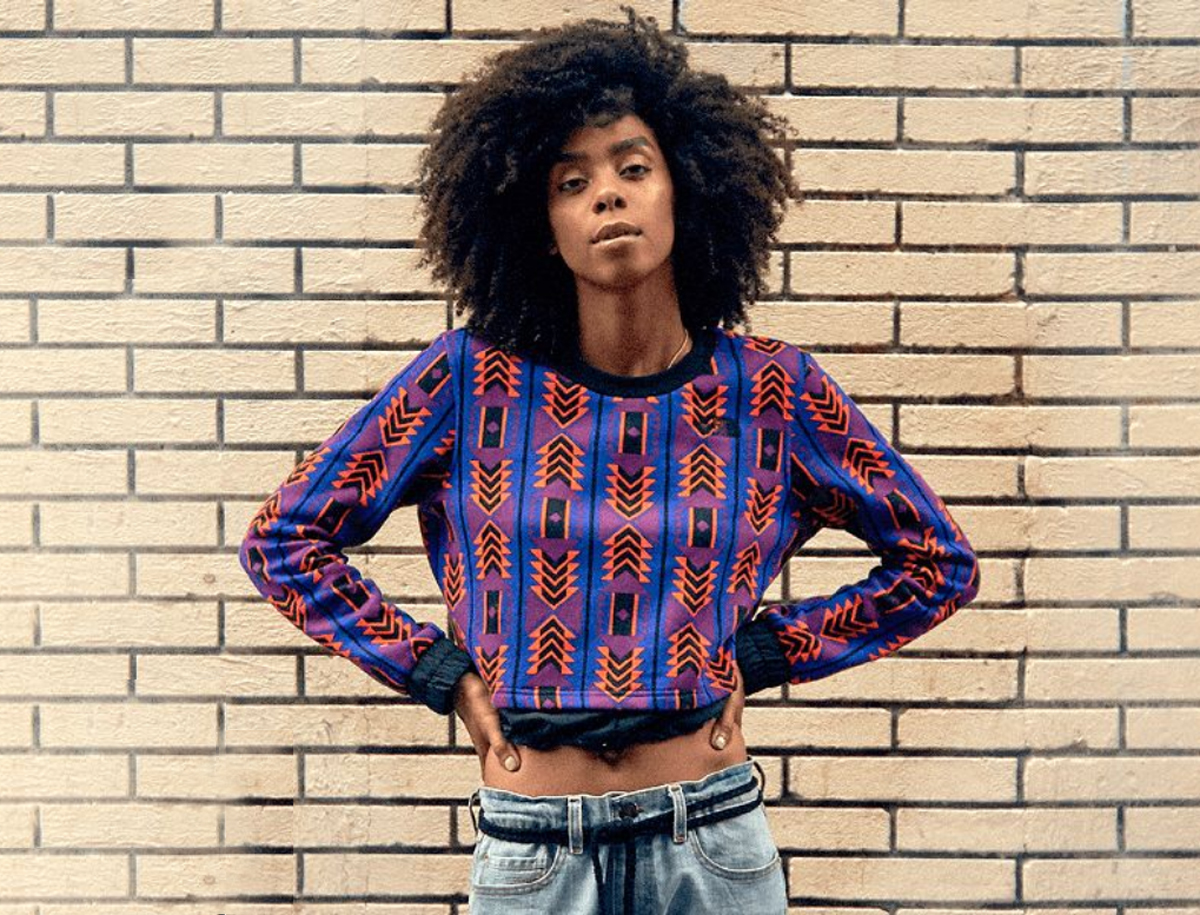
Vans, The North Face and Timberland revenues rose at a combined rate of 16 percent in the third quarter ended Dec. 31, exceeding expectations and elevating VFC FY19 outlook to $13.8 billion in revenues on 8 percent organic growth on a constant currency basis. VFC remains on track to spin-off its jeanswear segment, named Kontoor Brands, by April 30.
Vans’ Q3 revenues rose 27 percent as footwear sales improved 25 percent and apparel increased 23 percent. The brand’s Americas’ business increased 15 percent on 9 percent improvement in D2C and a 25 percent in wholesale revenues. Vans is forecast to generate constant currency growth of 25 percent in FY19. Meanwhile, The North Face, which introduced its FUTURELIGHT breathable, waterproof material at CES earlier this month, generated a 16 percent quarterly sales gain fueled by a double-digit increase in the Americas. Management is confident TNF can sustain high single-growth heading into FY20.
As for Timberland, brand sales improved 3 percent in Q3 with North America up high single-digits and digital sales increasing 17 percent. In North America, the brand is benefitting from a diversification strategy that saw “balanced growth across both classics and non-classics.” Timberland PRO sales rose 10 percent in the period. More than 30 percent growth in China offset weaker Timberland sales elsewhere in the region, and European sales, particularly classic boots, were negatively impacted by unfavorable weather trends. Timberland’s current FY20 forecast calls for low-single digit growth.

HTM USA Holdings, a division of Austria-based HTM Sports GmbH, is in position to snare the assets of bankrupt ASE, parent of Performance Bicycle and bike brands Fuji, SE Bikes, Kestrel and Breezer and apparently some retail locations, for about $22 million. A bankruptcy court is slated to approve the acquisition tomorrow.
ASE, created in August 2016 when Advanced Sports International (ASI) merged with Performance Bicycle, filed for Chap. 11 last November. Head currently licenses its trademarks for use on bikes and other products, including Iowa-based Cycle Force Group for Head bicycles in the U.S. It’s unclear what HTM’s strategy for ASE will be, but the company reportedly beat out the likes of Walmart’s Moosejaw unit, Dick’s Sporting Goods and Ideal Bike for the assets.
Separately, Specialized Bicycle is set to acquire the Roubaix bike trademark from ASE for $700,000. That sale, too, is slated for bankruptcy court approval tomorrow.

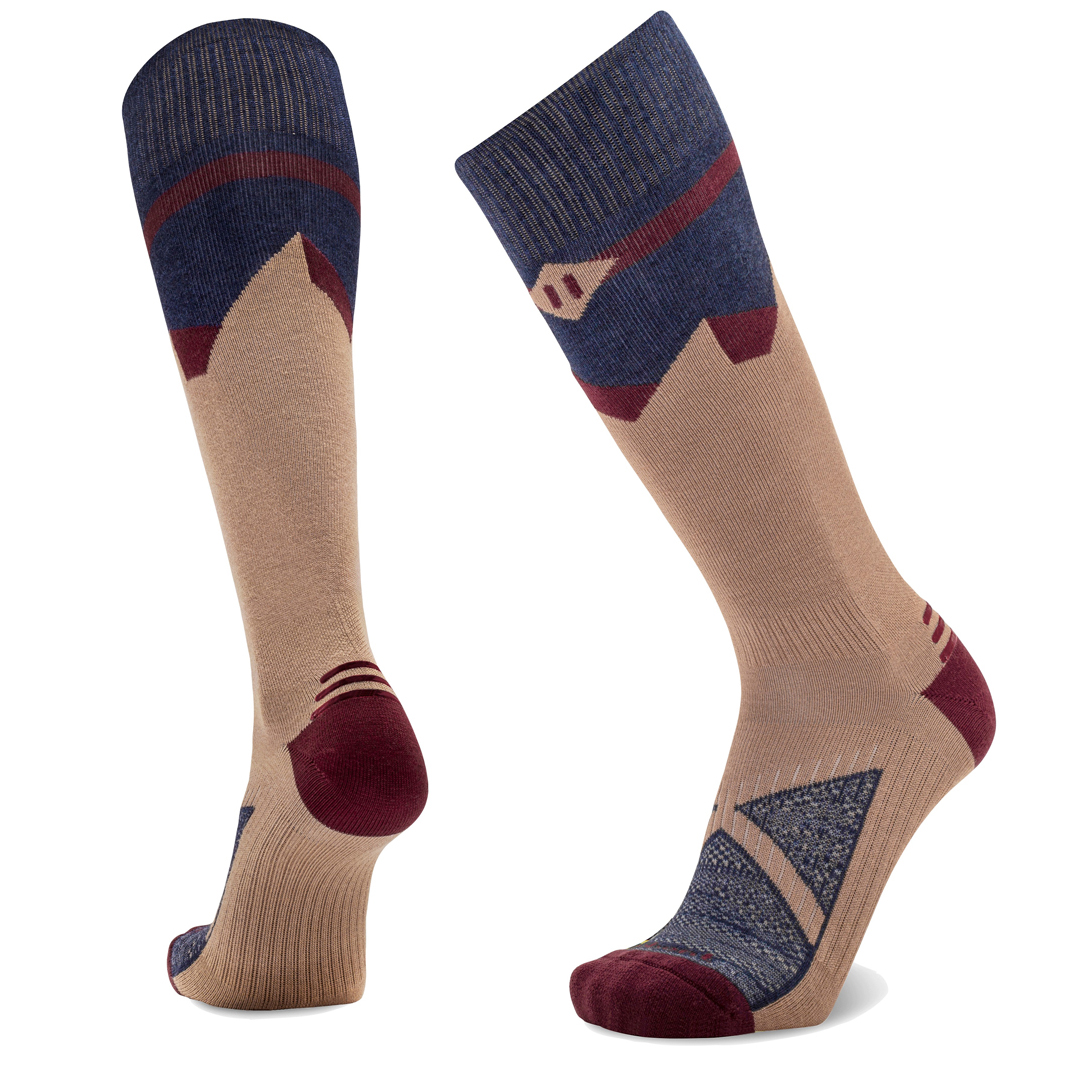
Lé Bent, an Australian maker of performance socks and base layers, teams with backcountry skier Cody Townsend to develop a ski touring sock. Available at retail in the fall, the Le Send is made from a blend of merino wool and rayon with double the thickness at the toe box and welded silicone strips on the heel to prevent upward slippage while touring, boot packing and skiing. MSRP: $31.95.
Titleist introduced limited all-black editions of its 718 AP3 and AP2 Irons featuring True Temper AMT Onyx shafts and an all-black Golf Pride Tour Velvet grip. Available on March 1. MSRP: $187.50 per club, $1,499 for set of 8.
Home fashion company The Northwest Company is ready with special NFL-licensed products no matter who qualifies for Super Bowl LIII, including team throws and duffel bags.
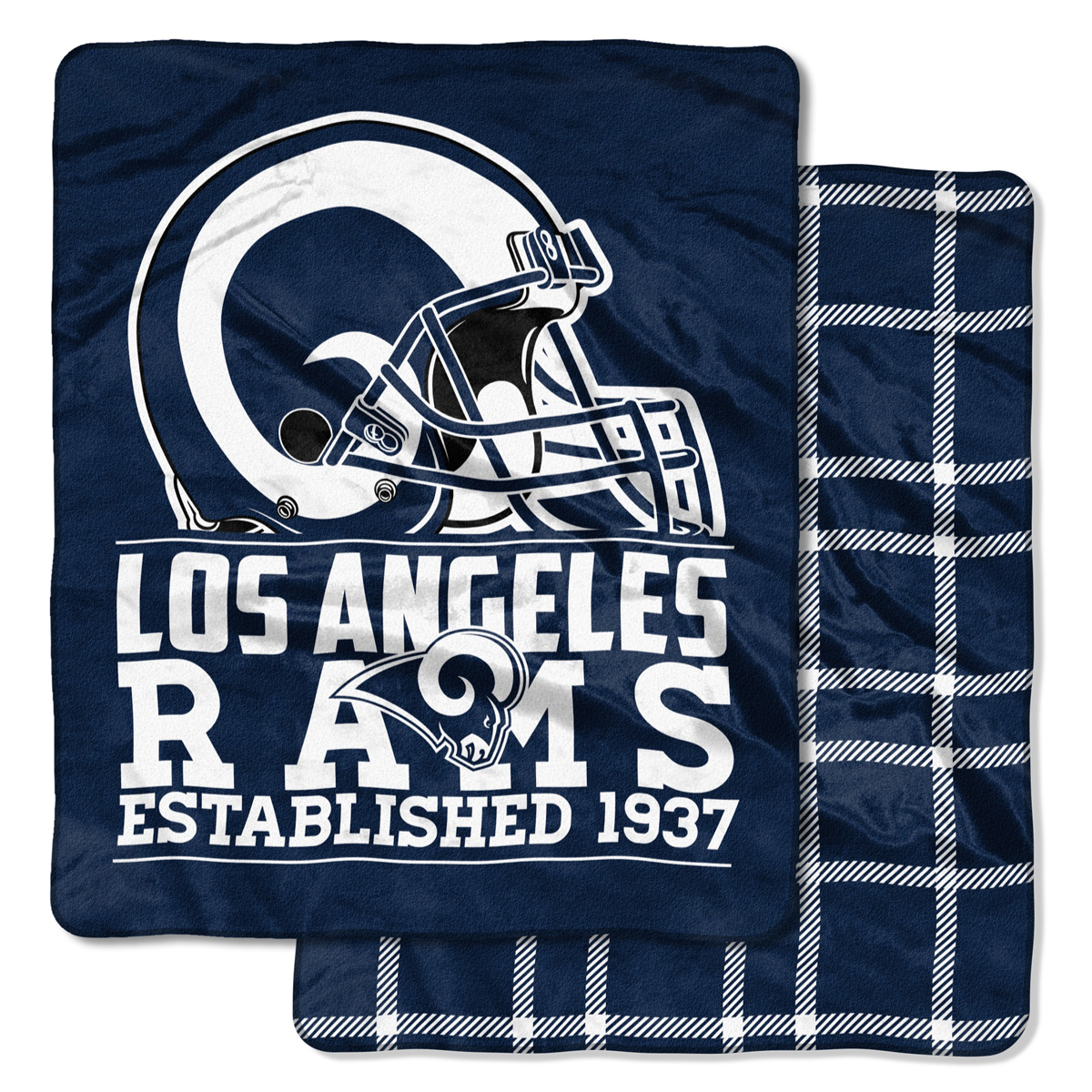
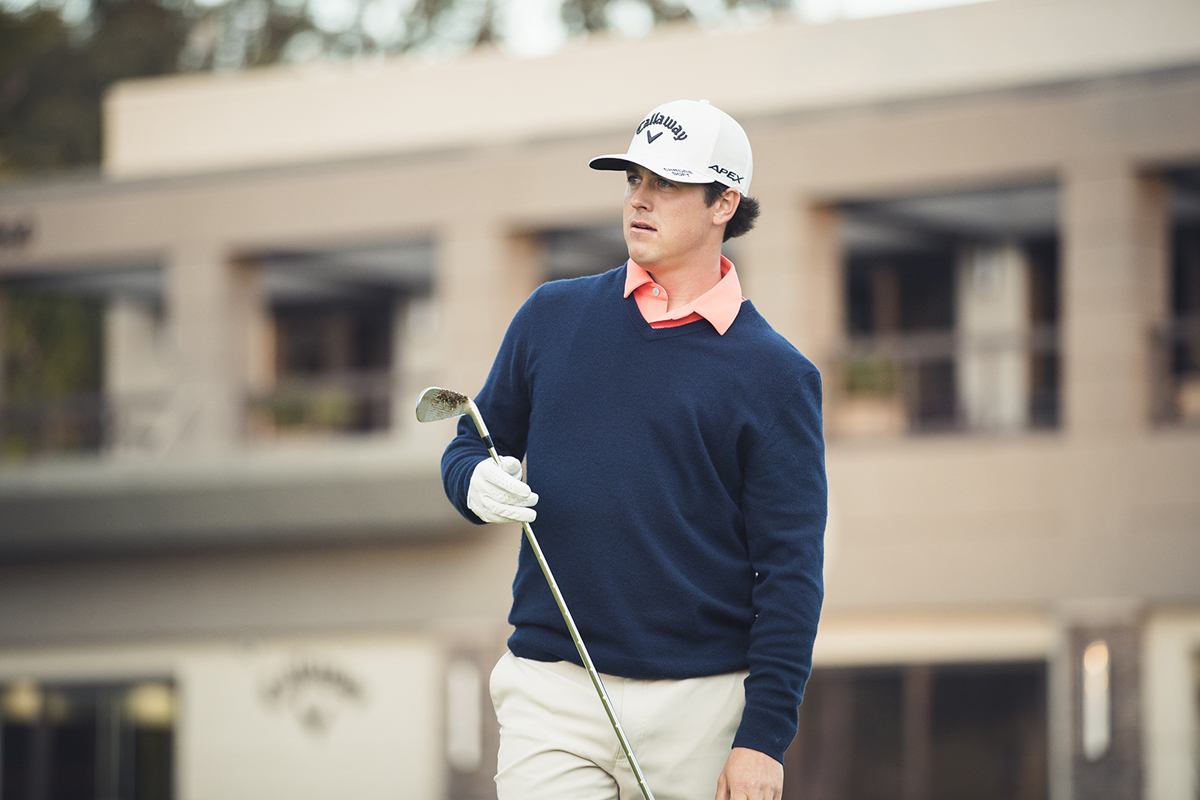
Callaway Apparel taps Cody Gribble, PGA Tour winner and national collegiate champion at Texas as brand ambassador for its Tour Authentic Collection, a curated collection of ultra-premium garments. Launched in Spring 2018, Tour Authentic was conceived by leaders in technical apparel design that wanted a luxury golf apparel line that blends function and fashion.
LIGHT Helmets is the rebranded name of Safer Sports, LLC, which acquired the assets of SG Helmets last September. The Carlsbad, CA company’s first product will be a redesigned football helmet (LS1) releasing this spring and featuring lighter, stronger materials for the outer shell, line and face mask. LIGHT says one of its goals is to build and improve upon decades of innovation by SG Helmet founder Bill Simpson, who helped to revolutionize auto racing industry safety in the late 1970s. After an initial focus on lightweight football helmets, LIGHT intends to expand its product offering to other contact sports where player safety and performance can be increased, including lacrosse, baseball and hockey. The company also intends to make performance helmet for a wide range of professional industries.
SquadLocker, a maker of customized apparel for the team market that fulfills orders from a wholly-owned facility in Warwick, RI, extends a partnership with ECAC Hockey through the end of the 2019 season. The two parties have re-designed the league’s online store where league branded gear is available from numerous brands. Overall, SquadLocker offers a selection of more than 30,000 items from Adidas, Nike, Under Armour, Warrior, Badger and others.
